EPJ ST Highlight - Reducing the risk of space debris collision
- Details
- Published on 29 May 2020
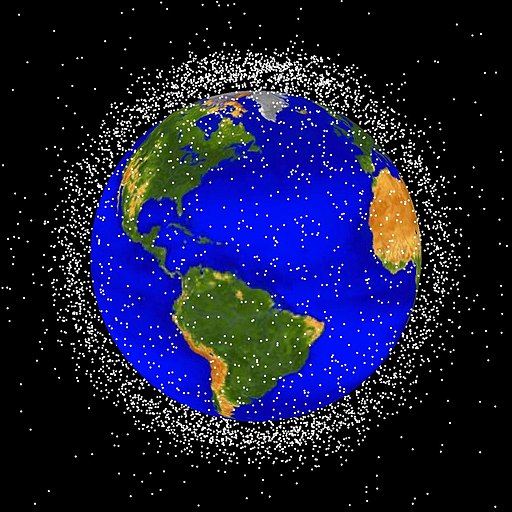
An increase in space launches requires the development of a method to clear space debris which could collide with valuable equipment. One plausible method of achieving this through the use of a tug vehicle requires a successful connection procedure.
As humanity expands its horizons beyond the Earth and begins to consider space missions with extended duration, sustainability necessitates the launch of more space vehicles, increasing the risk of collision with existing space debris. One method of clearing this debris involves a tug vehicle dragging it to a safe region. In a new paper published in EPJ Special Topics, authors Antônio Delson Conceição de Jesus and Gabriel Luiz F. Santos, both from the State University of Feira de Santana, Bahia, Brazil, model the complex rendezvous manoeuvres a tug vehicle clearing space debris would have to undergo to mitigate the risk of a collision that could cause irreparable damage at the moment of coupling.
EPJ ST Highlight - Protecting Earth from asteroid impact with a tethered diversion
- Details
- Published on 29 May 2020
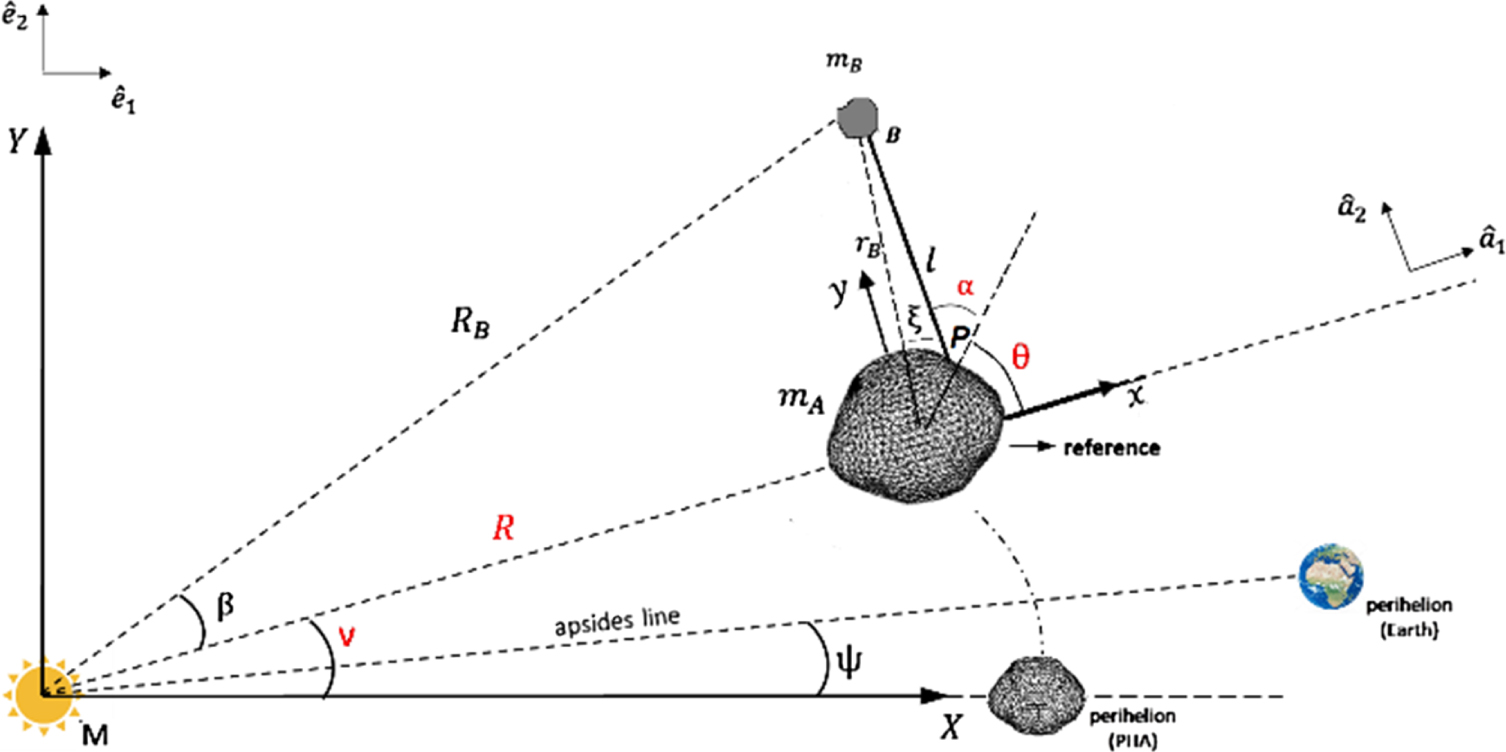
The use of a tether assisted system could prevent an asteroid impacting Earth without the risk of fragmentation.
Our planet exists within the vicinity of thousands of Near-Earth Objects (NEOs), some of which – Potentially Hazardous Asteroids (PHAs) – carry the risk of impacting Earth causing major damage to infrastructure and loss of life. Methods to mitigate such a collision are highly desirable. A new paper published in EPJ Special Topics, authored by Flaviane Venditti, Planetary Radar Department, Arecibo Observatory, University of Central Florida, Arecibo, suggests the use of a tether assisted system to prevent PHA impact.
EPJ ST Highlight - Exploring strangeness and the primordial Universe
- Details
- Published on 24 January 2020

Having studied quark-gluon plasma since the late 1970s, Dr Johann Rafelski summarises the evolution in our understanding of the exotic quark signature of this primordial material which once filled the whole Universe.
Physicists believe that in the Universe’s first ten microseconds free quarks and gluons filled all of spacetime, forming a new phase of matter named ‘quark-gluon plasma’ (QGP). Experimental and theoretical work at CERN was instrumental in the discovery of this hot soup of primordial matter, which is recreated today in accelerator-based lab experiments. To discover QGP in such experiments, the observation of exotic ‘strange’ quarks is very important. If QGP is created, strangeness is readily produced through collisions between gluons. In analysis published in EPJ Special Topics, Dr Johann Rafelski from The University of Arizona, United States, also working at CERN, presents how our understanding of this characteristic strangeness production signature has evolved over the span of his long career.
EPJ ST Highlight - Infinite number of quantum particles gives clues to big-picture behaviour at large scale
- Details
- Published on 09 April 2019
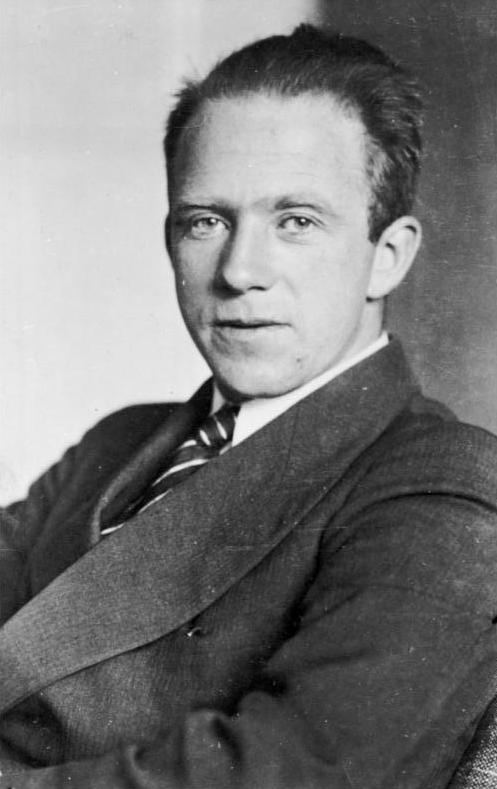
Scientists gain a deeper understanding of phenomena at macroscopic scale by simulating the consequences of having an infinite number of physical phenomena at quantum scale
In quantum mechanics, the Heisenberg uncertainty principle prevents an external observer from measuring both the position and speed (referred to as momentum) of a particle at the same time. They can only know with a high degree of certainty either one or the other - unlike what happens at large scales where both are known. To identify a given particle’s characteristics, physicists introduced the notion of quasi-distribution of position and momentum. This approach was an attempt to reconcile quantum-scale interpretation of what is happening in particles with the standard approach used to understand motion at normal scale, a field dubbed classical mechanics.
In a new study published in EPJ Special Topics, Dr J.S. Ben-Benjamin and colleagues from Texas A&M University, USA, reverse this approach; starting with quantum mechanical rules, they explore how to derive an infinite number of quasi-distributions, to emulate the classical mechanics approach. This approach is also applicable to a number of other variables found in quantum-scale particles, including particle spin.
EPJ ST Highlight - Champagne owes its taste to the finely tuned quality of its bubbles
- Details
- Published on 23 December 2016
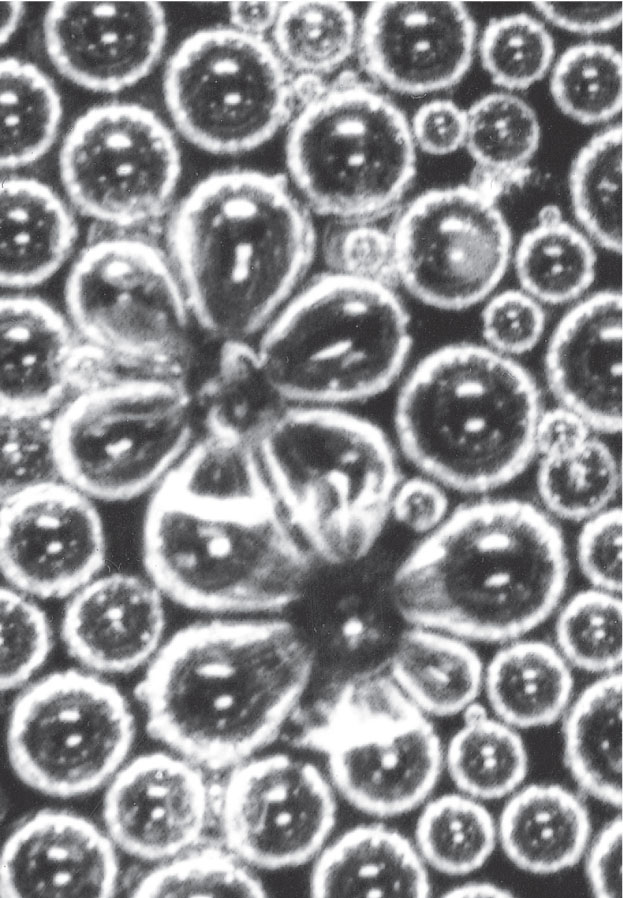
What provides the wonderful aromas is a long neuro-physico-chemical process that results in bubbles fizzing at the surface of champagne
Ever wondered how the fate of champagne bubbles from their birth to their death with a pop enhances our perception of aromas? These concerns, which are relevant to champagne producers, are the focus of a special issue of EPJ Special Topics, due to be published in early January 2017 - celebrating the 10th anniversary of the publication. Thanks to scientists, champagne producers are now aware of the many neuro-physico-chemical mechanisms responsible for aroma release and flavour perception. The taste results from the complex interplay between the level of CO2 and the agents responsible for the aroma - known as volatile organic compounds - dispersed in champagne bubbles, as well as temperature, glass shape, and bubbling rate.
EPJ ST Highlight - Economics made simple with physics models
- Details
- Published on 23 December 2016
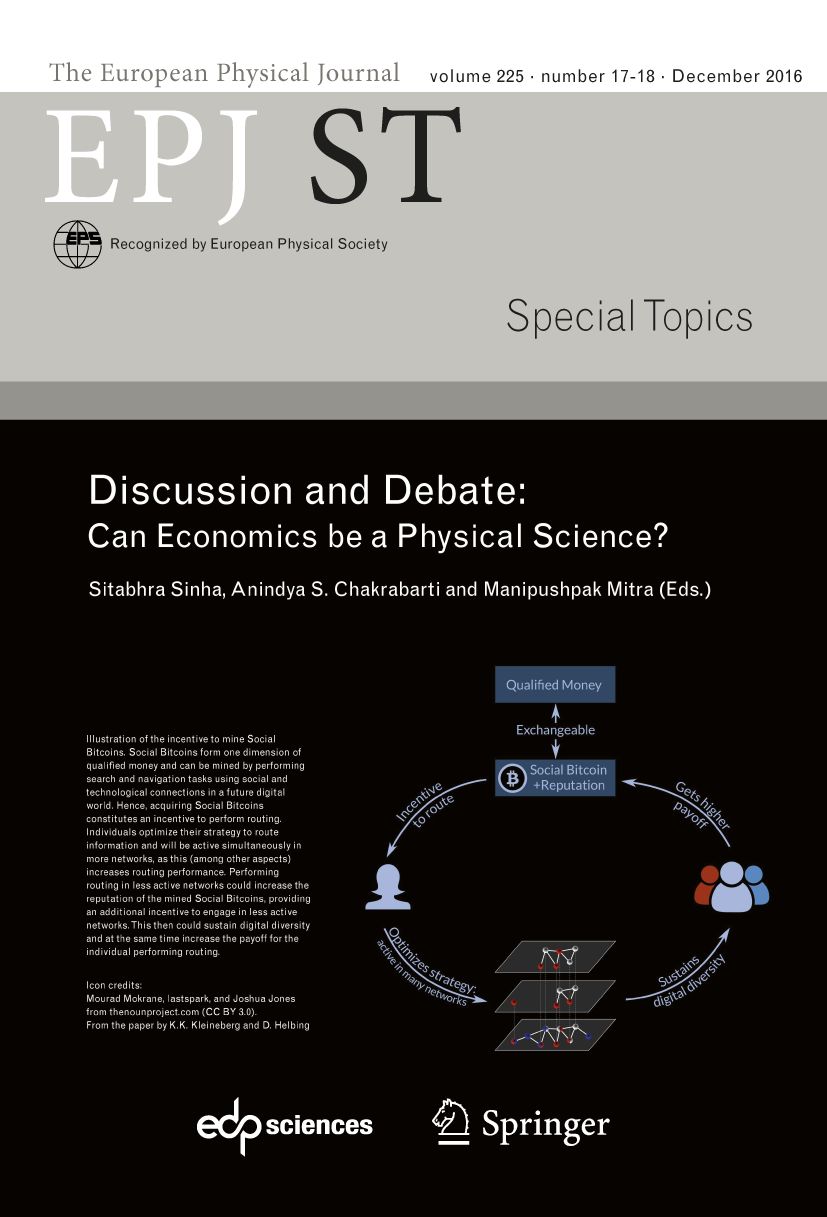
Snapshot of the study of economic phenomena using the tools of physics
How would you go about understanding how markets can suddenly be gripped by panic? To physicists, using a model originally developed to explain magnetism might make sense. Yet, economists may find this extremely counter-intuitive. Both physical and economic phenomena may possess universal features that could be uncovered using the tools of physics. The principal difference is that in economic systems - unlike physical ones - current actions may be influenced by the perception of future events. The latest issue of EPJ Special Topics examines the question as to whether econophysics, a physics-based approach to understanding economic phenomena, is more useful and desirable than conventional economics theories.
EPJ ST Highlight - Laser-based accelerators: yes, we CAN!
- Details
- Published on 30 November 2015

Future ultra-fast high power lasers, dubbed Coherent Amplification Network (CAN) lasers, will deliver unprecedented accelerating power and efficiency
Few technologies have the power that particle accelerator technology has to touch upon such a broad range of applications at the many frontiers of modern science. Today, thanks to improvements in laser technology, a new generation of accelerators could soon emerge to replace accelerators relying on radio frequencies. In this new special issue, the journal EPJ Special Topics explores the requirements necessary to make such laser accelerators a reality, by presenting the work of the International Coherent Amplification Network (ICAN) research collaboration. Potential applications include future colliders, solutions for vacuum physics, design of Higgs-particle factories, creation of sources of high-flux protons and of neutrons, among others. Further, such accelerators open the door to solutions in nuclear pharmacology and proton therapy as well as orbital debris remediation.
EPJ ST Highlight - Analogue quantum computers: still wishful thinking?
- Details
- Published on 09 February 2015
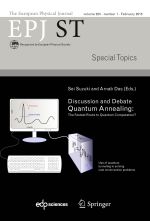
Many challenges lie ahead before quantum annealing, the analogue version of quantum computation, contributes to solve combinatorial optimisation problems
Traditional computational tools are simply not powerful enough to solve some complex optimisation problems, like, for example, protein folding. Quantum annealing, a potentially successful implementation of analogue quantum computing, would bring about an ultra-performant computational method. A series of reviews in this topical issue of EPJ ST, guest-edited by Sei Suzuki from Saitama Medical University, Japan, and Arnab Das from the Indian Association for the Cultivation of Science, Kolkota, India, focuses on the state of the art and challenges in quantum annealing. This approach, if proven viable, could greatly boost the capabilities of large-scale simulations and revolutionise several research fields, from biology to economics, medicine and material science.
EPJ Special Topics - Mitigating disasters by hunting down Dragon Kings
- Details
- Published on 10 August 2012

Scientists aim to forecast natural or economic disasters by identifying statistical anomalies.
Professional Dragon King hunter Didier Sornette from the Department of Management, Technology and Economics, ETH Zurich, Switzerland, together with his colleague Guy Ouillon, present the many facets of Dragon Kings in a review just published in EPJST. Their work has just appeared alongside nineteen other contributions exploring the ways in which this emerging field of statistical analysis could become further established.
EPJ Special Topics - The indiscretions of a champagne bubble paparazzi
- Details
- Published on 10 August 2012

The physics and chemistry behind the fizz in bubbly.
The innermost secrets of champagne bubbles have just been unveiled in the Springer journal EPJ ST. This fascinating work is the brainchild of Gérard Liger-Belair, a scientist tackling champagne bubbles from both a physics and a chemistry perspective. Based at the University of Reims, in the heart of the region that gave champagne its name, the author is appropriately affiliated with the ‘effervescence team of the molecular and atmospheric spectrometry group’ and the ‘oenology and applied chemistry’ laboratory.




